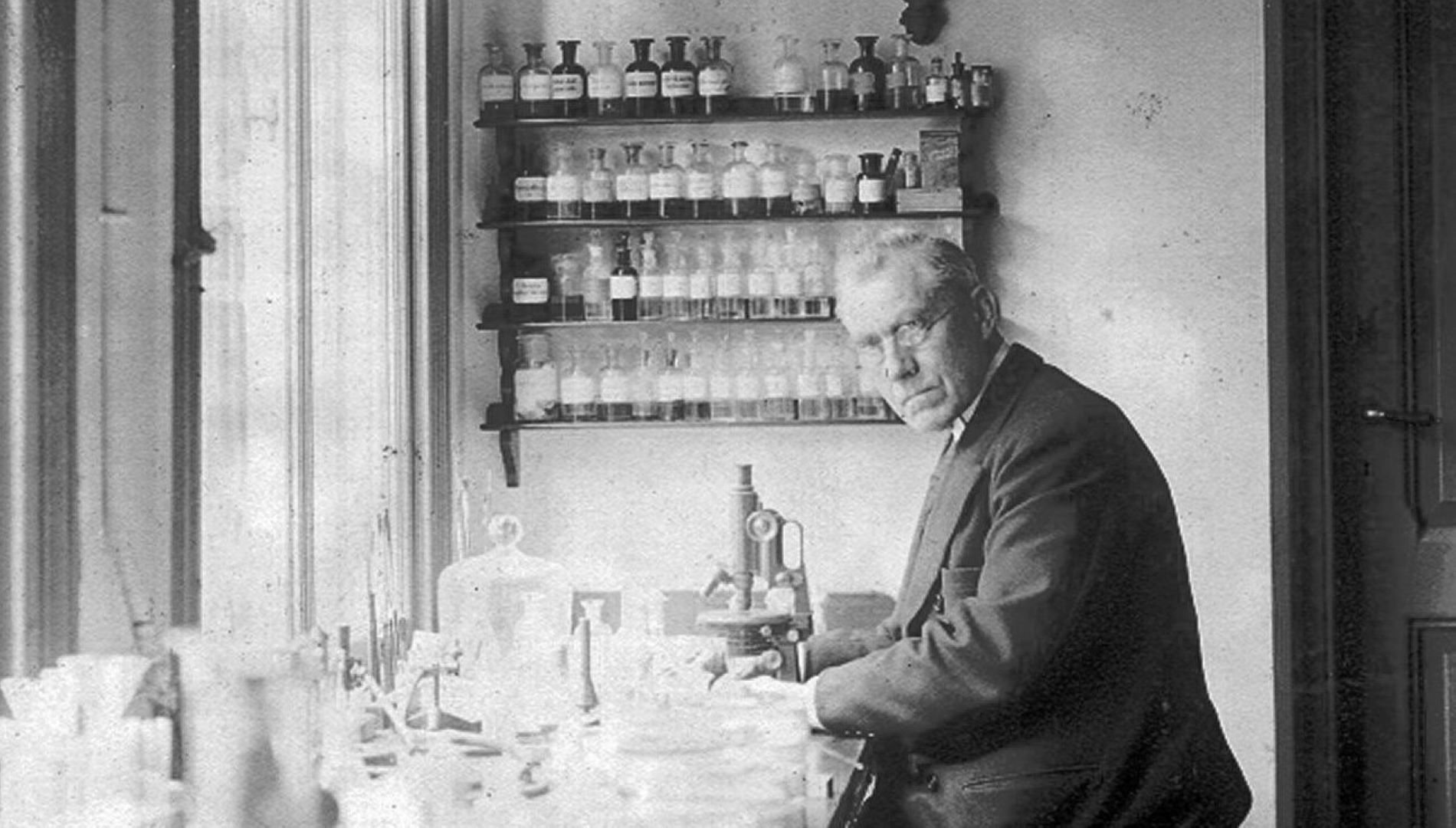Martinus Willem Beijerinck (1851-1931) first discovered a pathogen that was smaller than a bacterium. He called it a virus and is therefore the father of virology.
Martinus Willem Beijerinck (1851-1931) first discovered a pathogen that was smaller than a bacterium. He called it a virus and is therefore the father of virology.
Sick tobacco plant
The Dutch Martinus Willem Beijerinck was not only a microbiologist but also a botanist. When, at the end of the 19th century, the tobacco mosaic disease destroyed his tobacco plants, he was the perfect person to find out the real cause of this disease. At the time, it was thought that the plants were affected by bacteria or toxins. Beijerinck's research quickly ruled out the poison option when it turned out that the pathogen could multiply “without running out”. So healthy plants could get sick from the sap of diseased plants, even if this sap was filtered against bacteria. This meant there was a smaller pathogen than a bacterium that could pass through the filter. Beijerinck initially called this a "contagium vivum fluidum" which means "living infectious fluid".
Virus
Beijerinck later used the word "virus", which at that time had the broad meaning "sickening things". Beijerinck first used this name for the small pathogen that we still know today. He also stated that virus propagation was only possible in other living cells. He discovered that the mosaic disease could not reproduce outside the plant, and the virus in the plant only multiplied in the growing parts. Because of these discoveries, Martinus Willem Beijerinck is nowadays seen as the father of virology.

